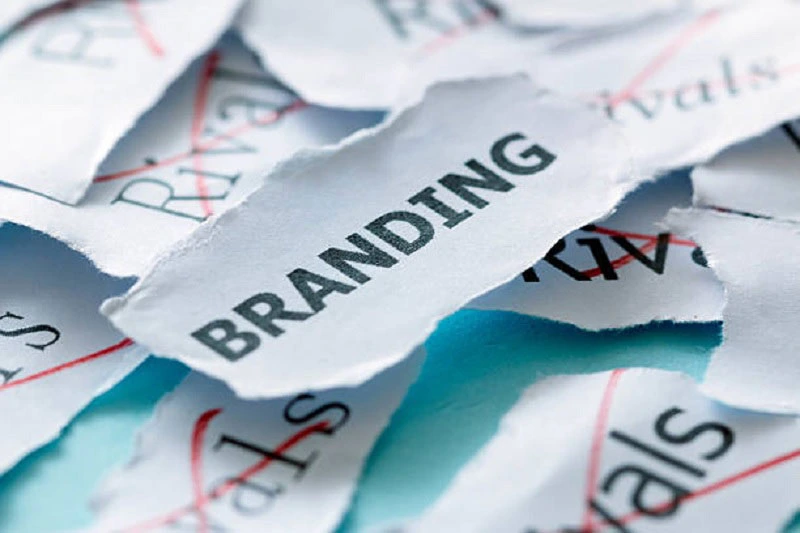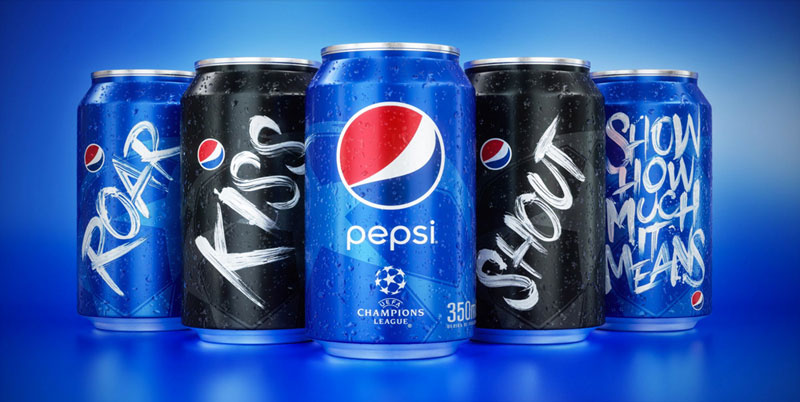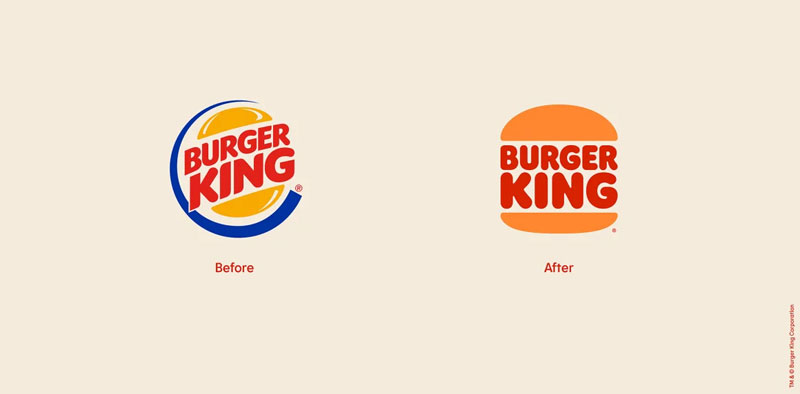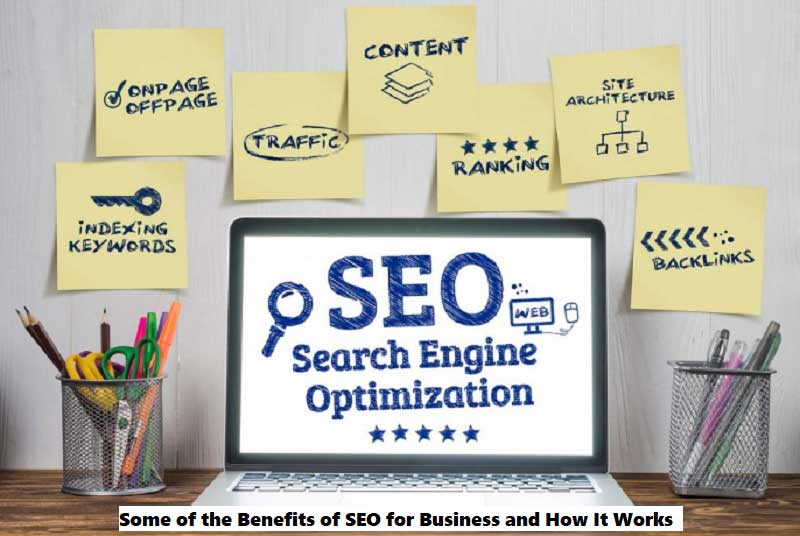
Benefits of Perplexity AI, Definition, and How it Works
Perplexity AI is one of the AI (Artificial Intelligence)-based search engine technologies. This technology helps many people due to its advantages and features. In today’s

Branding strategies now encompass a wide range of areas. Businesses use them to increase sales and strengthen their market position. However, many people focus solely on superficial strategies like design and promotion. However, there are numerous branding mistakes to avoid that must be seriously understood.
These mistakes not only hinder brand growth, but also damage the reputation that has been painstakingly built. This has a direct impact on consumer image, trust, and loyalty to a brand.
A survey conducted by Forbes found that 60% of companies that rebrand fail to achieve their initial targets. Instead of profit, they suffer significant losses in a short time.
Therefore, understanding branding mistakes is crucial to prevent the strategy from backfiring. Some of these mistakes, but which we rarely realize, include:
One of the biggest mistakes in branding is not truly understanding the target audience. Many brands create marketing campaigns based on personal assumptions or fleeting trends without conducting sufficient market research.
For example, a children’s clothing brand uses an overly formal communication style and outdated visuals. This can create an emotional distance with its target market, resulting in the campaign failing to build a connection.
As a result, the brand will struggle to gain engagement. It can even misdirect its marketing platforms. To avoid this, conduct market research, understand consumer behavior and preferences, and segment your audience appropriately.
A brand’s strength lies in consistency. However, many companies fail to maintain consistency in branding elements, whether in visual aspects like colors and logos, or in voice or communication messages.
This inconsistency can confuse audiences and lead to doubts about the brand’s credibility. A study by Lucidpress found that implementing a consistent brand identity can increase revenue by up to 23%. Therefore, it’s crucial to create brand identity guidelines that can be followed by all internal teams and external partners.
The next most fatal branding mistake to avoid is making overly ambitious promises during a campaign, but failing to meet consumer expectations. For example, a beauty product might promise instant results in 7 days. However, reality shows no significant change.
This can lead to significant disappointment and impact consumer trust. This can include negative reviews, decreased loyalty, and even boycotts.
In fact, it is not uncommon for some consumers to spread information by word of mouth not to use the product. The way to avoid this is to convey honest, realistic messages based on the product’s true advantages.
A brand is more than just a logo; it’s a story and emotions that stick in the minds of consumers. Many campaigns fail because they focus too much on product features, rather than its emotional benefits. For example, gadget companies only highlight technical specifications without explaining how the product can improve the user’s quality of life.
The Harvard Business Review shows that brands that build an emotional connection with their consumers are three times more likely to be re-elected. Therefore, it’s important to align messages with emotional values such as trust, happiness, or security.
Some brands focus too much on their internal vision and ignore the voice of consumers. Feedback is crucial for developing a branding strategy. There are many cases where consumers provide constructive criticism via social media, only to be ignored or even met with a defensive response.
For example, Pepsi launched a controversial ad campaign featuring model Kendall Jenner in 2017. They attempted to highlight social issues such as protests. Unfortunately, the ad was widely criticized for trivializing serious social issues and simplifying civil society.

Due to their initial negligence, they immediately suffered significant losses. As a result, Pepsi withdrew the ad and issued a formal apology within a short time. The brand remains committed to using the best strategies and consistently respecting public feedback.
Furthermore, around 2021, Burger King underwent a major rebranding, including a logo change and a more retro visual campaign approach. While the design received praise, sales declined in several European countries.

The public felt the rebranding was too focused on aesthetics and less relevant to the local target market. Furthermore, some customers felt they lost the brand’s familiar identity. Fortunately, this issue has now been resolved successfully.
Overall, in an increasingly competitive business world, building a brand isn’t just about standing out. It also requires building trust, consistency, and an emotional connection with your audience.
Branding mistakes to avoid often seem trivial, but their impact can be significant. Therefore, it’s crucial for every entrepreneur, whether a beginner or a professional, to be more discerning, especially when designing and executing a branding strategy. Learning from failure isn’t shameful, but rather a crucial process for building a stronger brand foundation in the future.

Perplexity AI is one of the AI (Artificial Intelligence)-based search engine technologies. This technology helps many people due to its advantages and features. In today’s

The benefits of SEO for business that every business owner should know. SEO is a successful strategy for promoting products and services online. Many businesses

Branding strategies now encompass a wide range of areas. Businesses use them to increase sales and strengthen their market position. However, many people focus solely